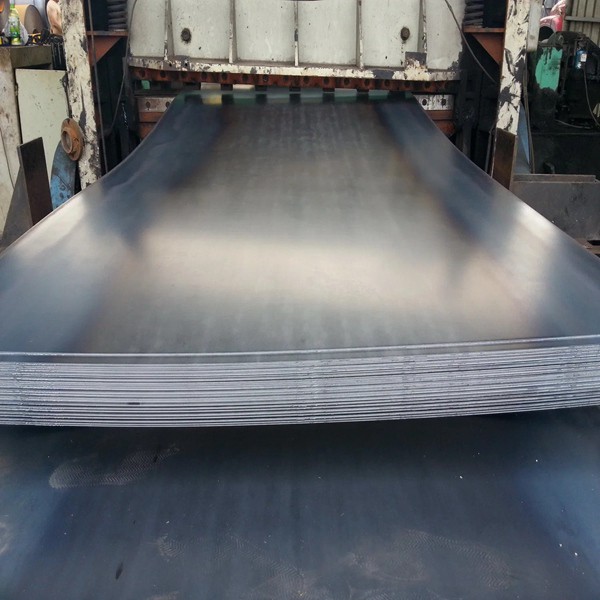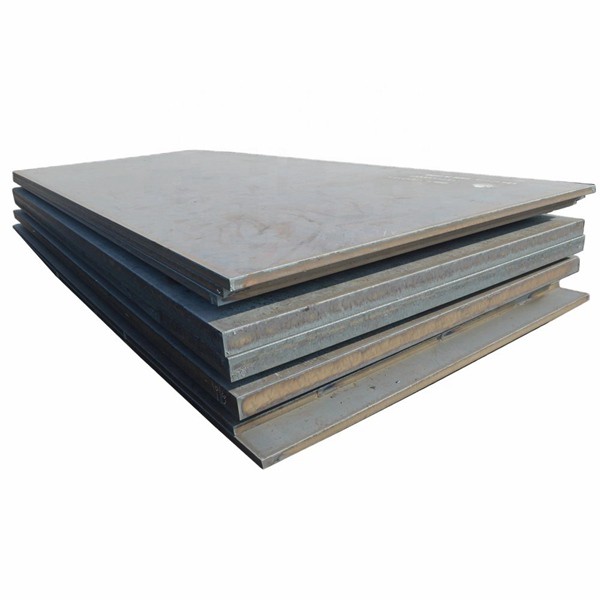China Mill Factory 1mm 3mm 10mm Thick Steel Sheet Price Black Steel Sheet
Product description
The production of low-carbon steel plates mainly involves processes such as steelmaking, rolling, and heat treatment. Firstly, through the steelmaking process, iron ore and other raw materials are smelted into qualified molten steel; Then, the molten steel is cast into steel billets and processed into the required steel plate size and shape through processes such as rolling; Finally, the performance of the steel plate is improved through processes such as heat treatment to meet usage requirements.

Low carbon steel plates can undergo various anti-corrosion treatments on their surface, such as galvanizing, painting, etc., to improve their corrosion resistance. This enables low-carbon steel plates to maintain good performance and service life in harsh environments such as humidity and corrosion. In the production process of low-carbon steel plates, due to their low carbon content, energy consumption and carbon dioxide emissions can be reduced, which meets the requirements of environmental protection and energy conservation. During use, low-carbon steel plates are also easy to recycle and reuse, reducing resource waste and environmental pollution.

In the field of construction, low-carbon steel plates are widely used in steel structure buildings, bridges, tunnels and other engineering projects. Its excellent mechanical performance enables these projects to withstand various complex loads and environmental conditions. In the field of construction, low-carbon steel plates are widely used in steel structure buildings, bridges, tunnels and other engineering projects. Its excellent mechanical performance enables these projects to withstand various complex loads and environmental conditions.

Low carbon steel plates have good plasticity and toughness, making them easy to perform processing operations such as stamping, bending, and welding. These processing properties have made low-carbon steel plates widely used in the manufacturing industry. Due to its low carbon content, low-carbon steel plates are less prone to cracking and porosity during welding, ensuring the quality and strength of welded joints. Low carbon steel plates are used to manufacture the shells and internal structural components of household appliances such as refrigerators, washing machines, and air conditioners. Its excellent processing performance and surface quality make household appliances more beautiful and durable.


Recommended products



